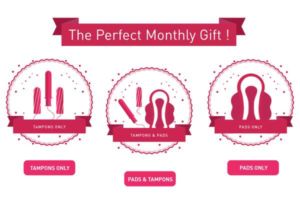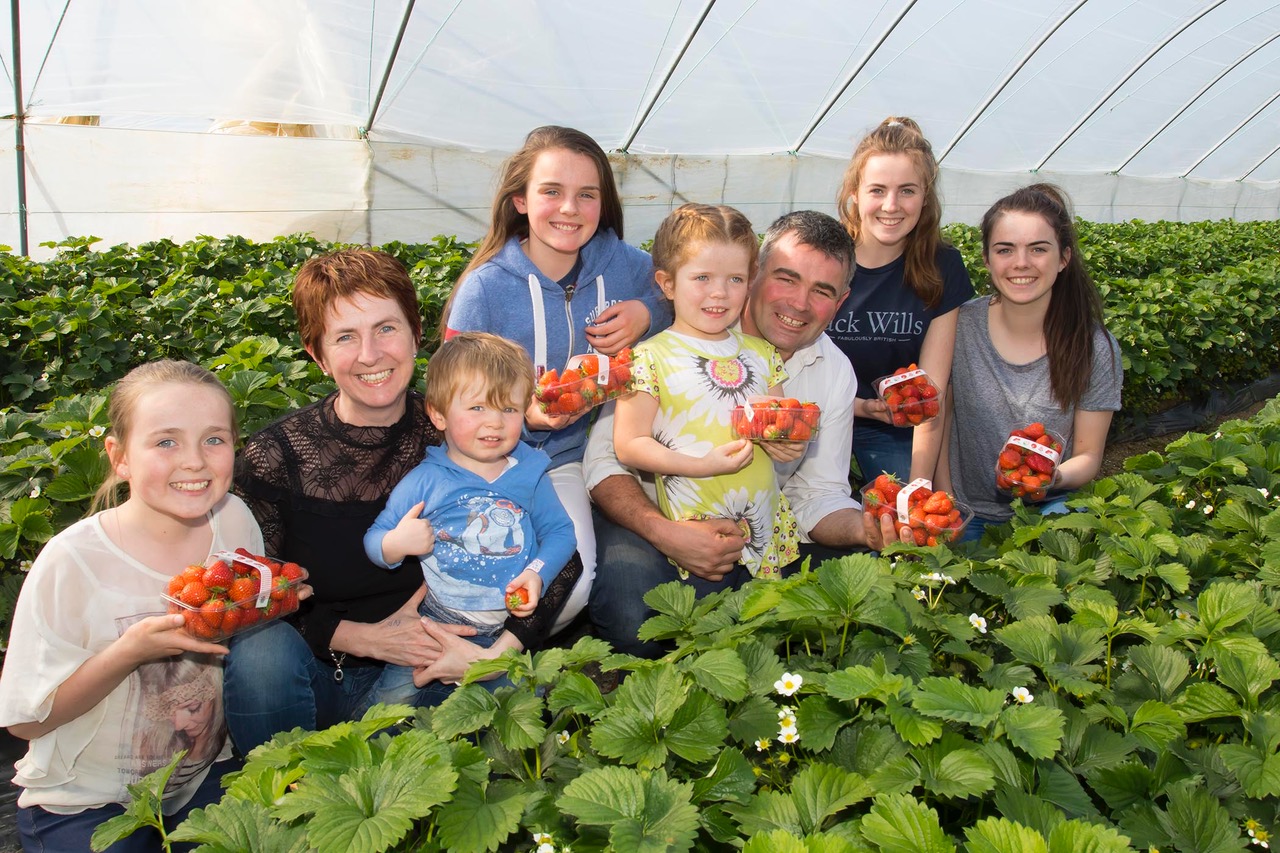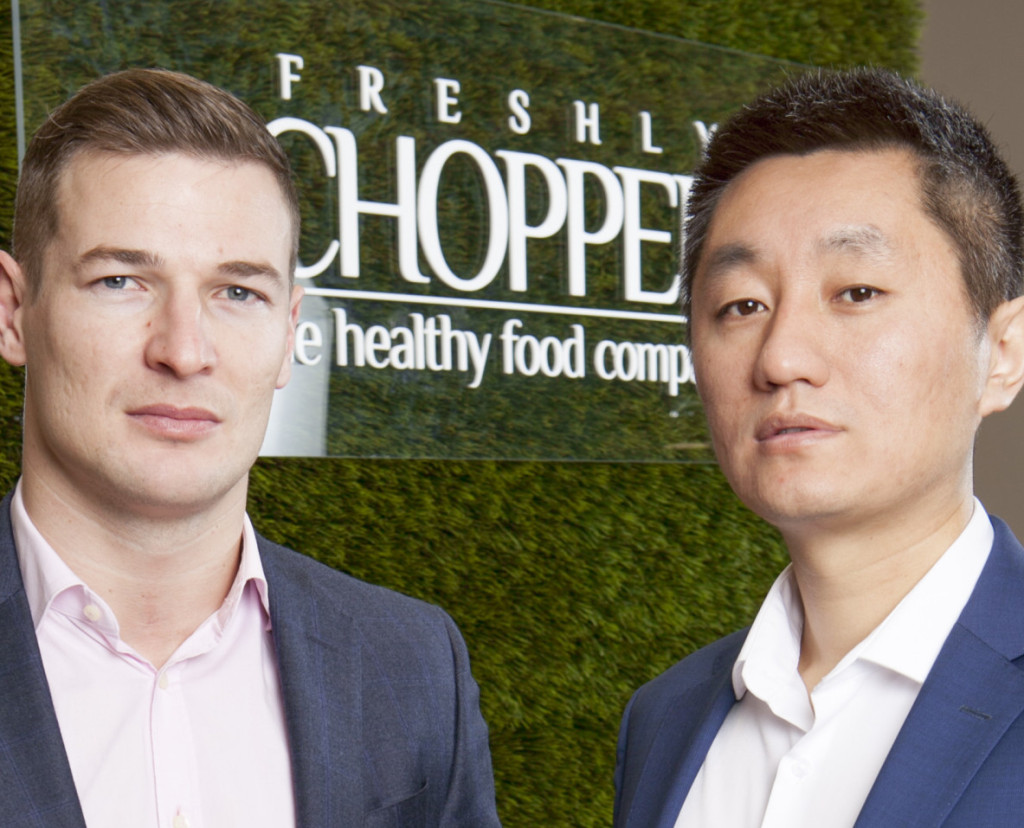Maryrose Simpson, the founder of MyLadyBug, which ships to 23 countries, talks about starting a business using the lean startup model.
In 2012, Maryrose Simpson graduated with a degree in Graphic Design from Limerick School of Art and Design, with an ambition to start something of her own. Three years later, from her hometown in Stradbally, Co. Laois she launched MyLadyBug, the first online subscription box model for feminine products.
MyLadyBug celebrates three years in business in July 2018 and is currently delivering to over 23 countries worldwide. Maryrose describes how research and prototyping her product offering, helped her on the path to launching a successful startup.
“I soon realised I had taken what I learnt in college for granted.”

Skillset
Growing up I developed a strong love for technology from an early age, which probably started when my dad brought home, a Windows 95 computer. It wasn’t long before I began negotiating extra time with my siblings, for their allocated slot. I have always been a visual learner with a flair for art, design and problem-solving, and within my family and friends I’m ‘tech support’.
I get my motivation, determination and resilience in life from my Mum and Dad. In 2012, I graduated right when the recession was alive and kicking. I worked three days a week, for a design company that provided a one-stop shop for branding and product design. My time there gave me the knowledge and digital experience of working alongside creative individuals and clients.
I remember one particular client saying to me that, ‘If I had your skill set – I’d set up a business in the morning’. This stuck with me, and I soon realised I had taken what I learnt in college for granted and in a way always looked at it in a way that would get me a job. But what if I created my own career, built my own business and flipped everything?
In addition to my design practice, I also waitressed. It was here that I heard about UCD Innovation Academy (Enterprise and Innovation) Course and applied and was granted a place to where I built MyLadyBug.
In July 2015, I launched MyLadyBug, a €9.99 monthly subscription box that offers convenience, delivering feminine period care products along with chocolate and herbal tea.
“I set about interviewing two hundred women, between the ages of 18-35, gaining insight into their problems, habits and their periods.”
Design thinking approach
I very much have always admired entrepreneurs all my life, and I aimed to utilise the Academy’s design-thinking approach to develop a subscription-based solution for feminine products. At the time, there was no similar business on the market, which was probably the best part of developing MyLadyBug. I got to play and pivot my ideas very quickly as there were no right or wrong answers to what I was creating.
The Academy provided a design thinking approach that I really embraced, along with experienced facilitators. During my time at the academy, I carried out research. I set about interviewing two hundred women, between the ages of 18-35, gaining insight into their problems, habits and their periods. Empathy played a large part in helping me understand, how people think, feel and experience differently that lead me to pain points I wanted to solve.
“I learned the benefit of MVPs and putting them through a series of tests and feedback forums from prospective users.”

Minimum viable product
We were introduced to the ‘business model canvas’ (BMC) which is a lean startup model for
Developing a business plan. I dreaded crafting a business plan, but the BMC really helped me scope out both the business model and value propositions. I was encouraged to mock-up a website and a prototype for the packaging. My first attempts were one fail after the next, but with the help and support of the academy, I finally had my “eureka moment” in designing my packaging, a solution that’s fitted through letterboxes. I learned the benefit of MVPs and putting them through a series of tests and feedback forums from prospective users.
“The course emphasised how crucial it is to create an audience or ‘a tribe’.”
Building an audience
The course emphasised how crucial it is to create an audience or ‘a tribe’. During my research, I collected the interviewees’ emails and requested their permission to get back in contact with them at a later date and to share my findings in my pre-launch campaign and launching soon website where visitors signed up to be the first to hear when MyLadyBug went live.
I initially accumulated a database of 500 people that were eager to hear more about MyLadyBug.
I continued to grow my followers across Facebook, Instagram, Snapchat and my email database. It became very organic, gaining followers to a point where I had 1,000 followers on each platform. I soon discovered that people loved interacting with the brand. They showed a great interest in following along on my journey. Snapchat was really popular at the time, and I really loved the fact I was able to show that there was a person behind the brand.
“A brand has the power to evoke a memory or concept and even a feeling.”

Selling online
In my opinion, one of the hardest things to do online is to meet expectations but I feel incorporating good design can definitely help you in that regard. A brand has the power to evoke a memory or concept and even a feeling. Every stage of a customer’s experience is critical, people are very savvy and quick to form opinions on what a brand represents and whether or not it aligns with their preferences.
Aspects like how intuitive website navigation is and understanding how you order etc. are essential aspects to think about. My Ladybug’s website is the first touch point of the customer experience, and our last touch point is our delivery and packaging.
It’s small things like “enclosing personalised welcome card” that can make a big difference offering the customers experience, a surprise or even delight and to evoke an emotion that appeals to their senses.
“On the hard days it’s important to remember why you started.”
What advice would you share with fellow entrepreneurs?
There are some pieces of advice that I always share with people. The first is to build your network before you need it. The second is that on the hard days it’s important to remember why you started. And finally, success is not all about luck – it’s generally just hard work and determination and being able to be inspired by your own dreams.





